Philips Hue announced the Hue Secure Floodlight Camera last year. As planned, the official launch has now taken place and the outdoor light with integrated camera can now be ordered. At 349.99 euros, the Hue Secure Floodlight Camera is certainly no bargain – and that’s exactly why I’d like to provide you with my first impressions and an opinion.
Installing the Hue Secure Floodlight Camera without major difficulties
As usual, the Hue Secure Floodlight Camera is packaged securely and to a high standard, without a single piece of plastic. Philips Hue is definitely operating at a very high level here, including the use of fabric bags to protect the expensive technology from scratches.
Installation is not a major hurdle and is no more difficult than installing outdoor lighting from Philips Hue. The small challenge on the wall of my father’s house: the power supply for the previous floodlight does not come directly from the wall, but was laid “on-wall”. We used small spacers and slightly longer screws to feed the cable from behind into the wall mount.
Otherwise, the installation is very easy. Once the wall mount has been installed, the cabling can be done in comfort before attaching the front part with the floodlight and fastening it with two small screws. The floodlight itself can then be added and configured in the usual way via the Hue app.
The design probably won’t win any beauty awards
The camera itself is then attached magnetically, whereby the magnet is really very strong. In my opinion, nothing can really happen here due to wind and weather. The only danger to the camera would be a football, for example. Philips Hue has integrated a small safety cable that can be screwed into the camera to prevent it from falling. This is explicitly not an anti-theft protection.
Somewhat unsightly: in addition to this safety cable, the power cable for the camera is also “open” and is not fully integrated into the design of the Hue Secure Floodlight Camera. This solution certainly doesn’t win any beauty prizes for me. Nevertheless, it allows the camera to be easily replaced if it is defective.
In principle, the separation between the floodlight and camera has an advantage: Both can be orientated differently. If you want the camera to look at a certain area of the house, you can simply turn it slightly in the desired direction, while the floodlight remains focussed on the entire area. This is different with the Netatmo Presence, for example.
A small comparison with the competition
At this point, I would like to take a look at two direct competitors of the Philips Hue Secure floodlight camera. I have already mentioned the Netatmo Presence, which has an integrated siren and a list price of 319.99 euros. The Floodlight Cam Wired Pro from Ring is considerably cheaper at 249.99 euros.
Both competitors also “only” use a 1080p camera, so there is no decisive advantage here. The Ring Floodlight Cam Wired Pro achieves 2,000 lumens at 3,000 Kelvin with both spotlights combined, making it almost as bright as the Hue Secure floodlight camera. Philips Hue specifies 2,250 lumens at 4,000 Kelvin and 2,050 lumens at 2,700 Kelvin. The Netatmo outdoor camera is significantly less bright at just 1,500 lumens.
In direct comparison with the new Hue Secure floodlight camera, all competitors have a decisive disadvantage: the light is only an accessory. It shines white and can only be dimmed at most (in addition to switching on and off). With Philips Hue, on the other hand, you have all the options and can set the light completely freely, even synchronise it with Spotify at the next garden party and use it for a light show.
On the other hand, it has to be said that other manufacturers currently offer much more in terms of security and camera functions. Philips Hue definitely still has some catching up to do here.
What’s still missing in the Hue app
As a replacement for a motion detector, the camera of the Hue Secure Floodlight Camera works extremely well, but you buy the device for more than that. And let’s not kid ourselves: without an additional subscription for at least €3.33 per month, the functionality is already very limited.
At the moment, the Hue Secure Floodlight Camera has to be activated manually if you want to be notified of movement when you’re out and about. At the moment, you also have to manually trigger the siren and flashing light alarm – quite impractical if you don’t immediately notice the notification. Nevertheless, once the system is activated, motion detection and video clip recording work reliably and, above all, are completely encrypted. Among other things, all AI actions, such as recognising people and animals or created activity zones and privacy zones, only work on the camera and not in the cloud.
Philips Hue has also already announced updates for the first half of 2024. There will be improvements to the security push notifications and the event timeline. An automatic light and sound alarm when motion is detected is also on the manufacturer’s to-do list. Another great feature would be automatic activation and deactivation of the system via geofencing, as is common in smart homes.
Philips Hue is also working on supporting Amazon Alexa and Google Home for the Philips Hue Secure System. Matter and HomeKit are also to be supported at some point, although the new smart home standard does not yet support cameras at all.
For whom is the Hue Secure floodlight camera worthwhile?
If your focus is on the camera and the best smart home integration ever, then the Hue Secure Floodlight Camera is certainly not your device of choice. In my opinion, the new release from Philips Hue is more interesting in two cases.
- Focus on light: If you want a floodlight that shines particularly brightly and can be used flexibly, and the camera is an added extra for you, then the Hue Secure Floodlight Camera is the right gadget.
- Focus on one system: If you have already equipped your home with Philips Hue and are looking for an outdoor camera with light without having to use a second app from another manufacturer, the Hue Secure Floodlight Camera is also a good choice.
Let’s not forget: It’s Philips Hue’s first attempt in this field. While the design is debatable, there is not much to criticise in terms of workmanship and quality. There is still room for improvement when it comes to the software – but the manufacturer is already vowing to do better.
Philips Hue Secure Floodlight Camera
$349.99 / £437.50 / €349,99
Note: This article contains affiliate links. We receive a commission for purchases via these links, which we use to finance this blog. The purchase price remains unchanged for you.


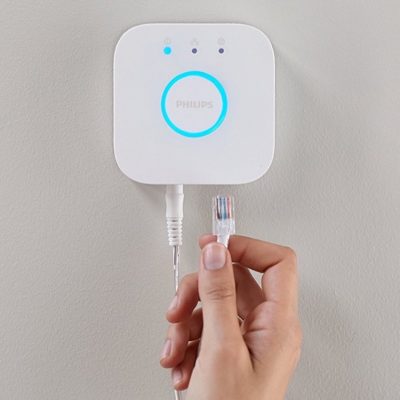

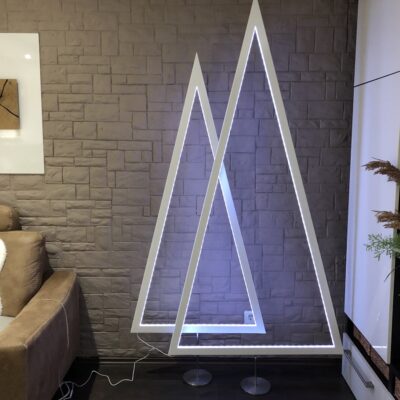
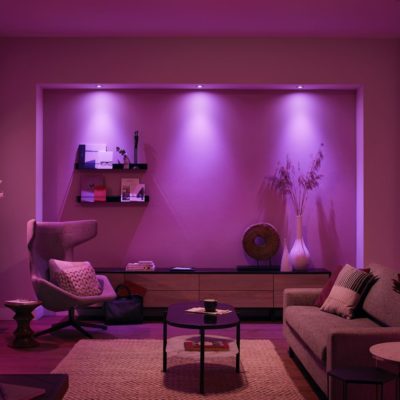


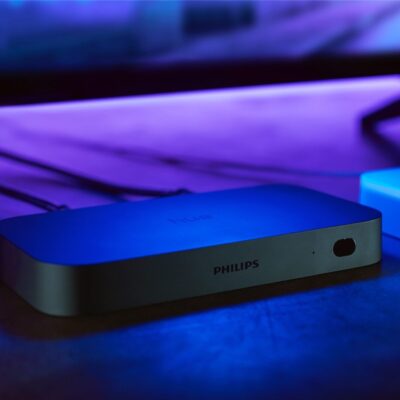

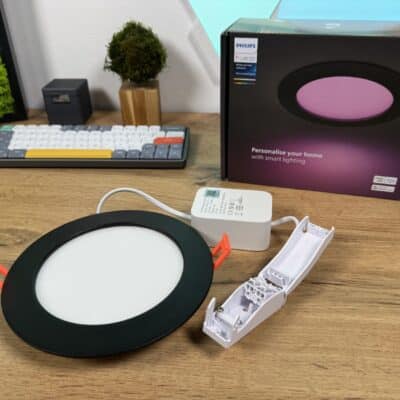

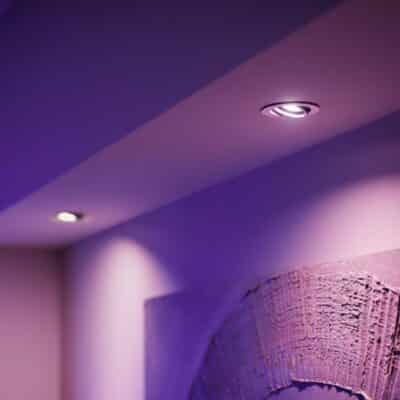


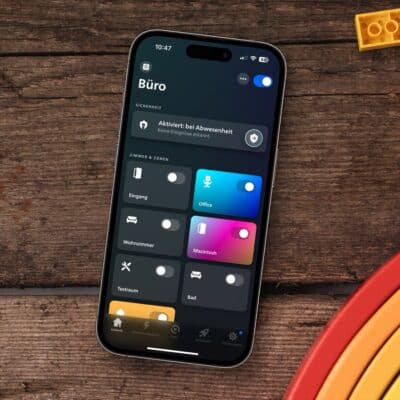

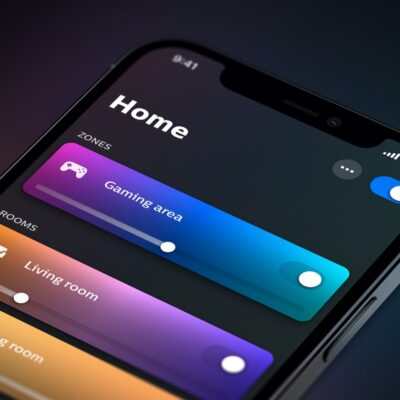



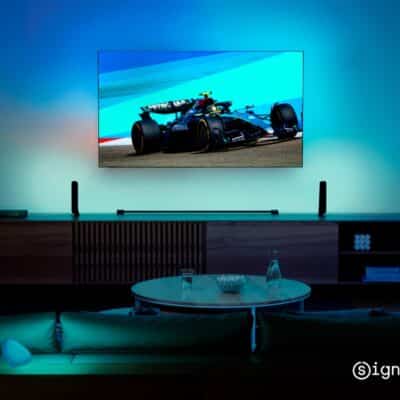
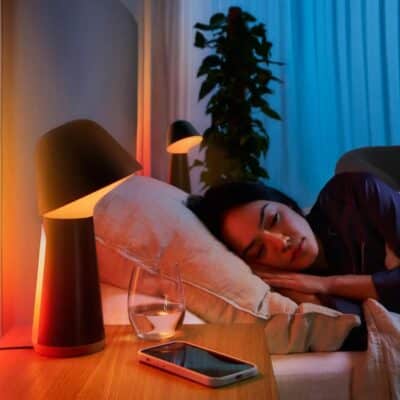
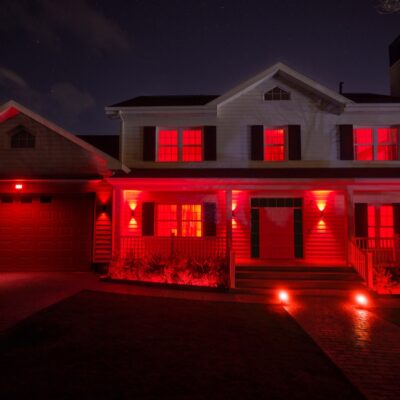

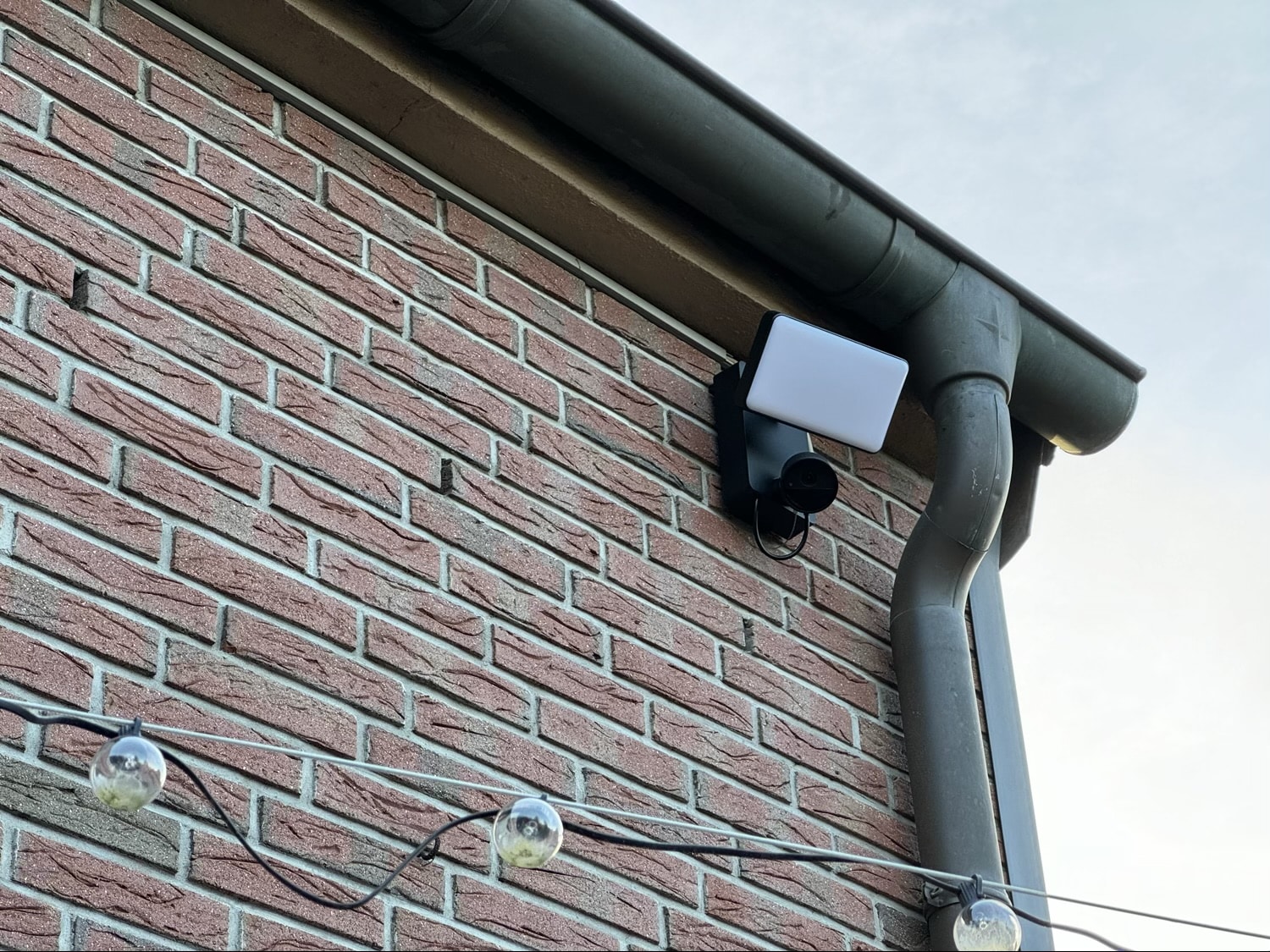
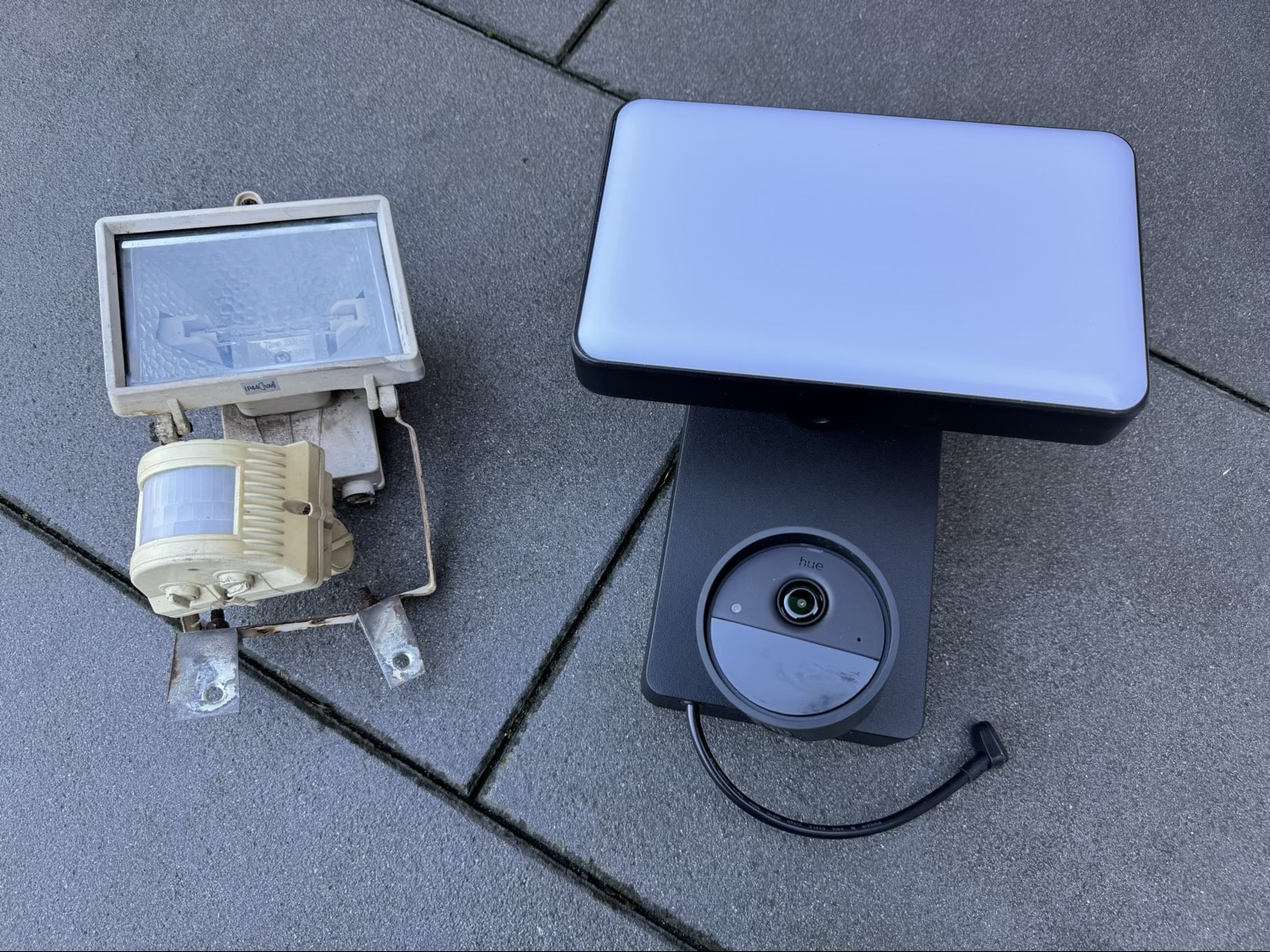
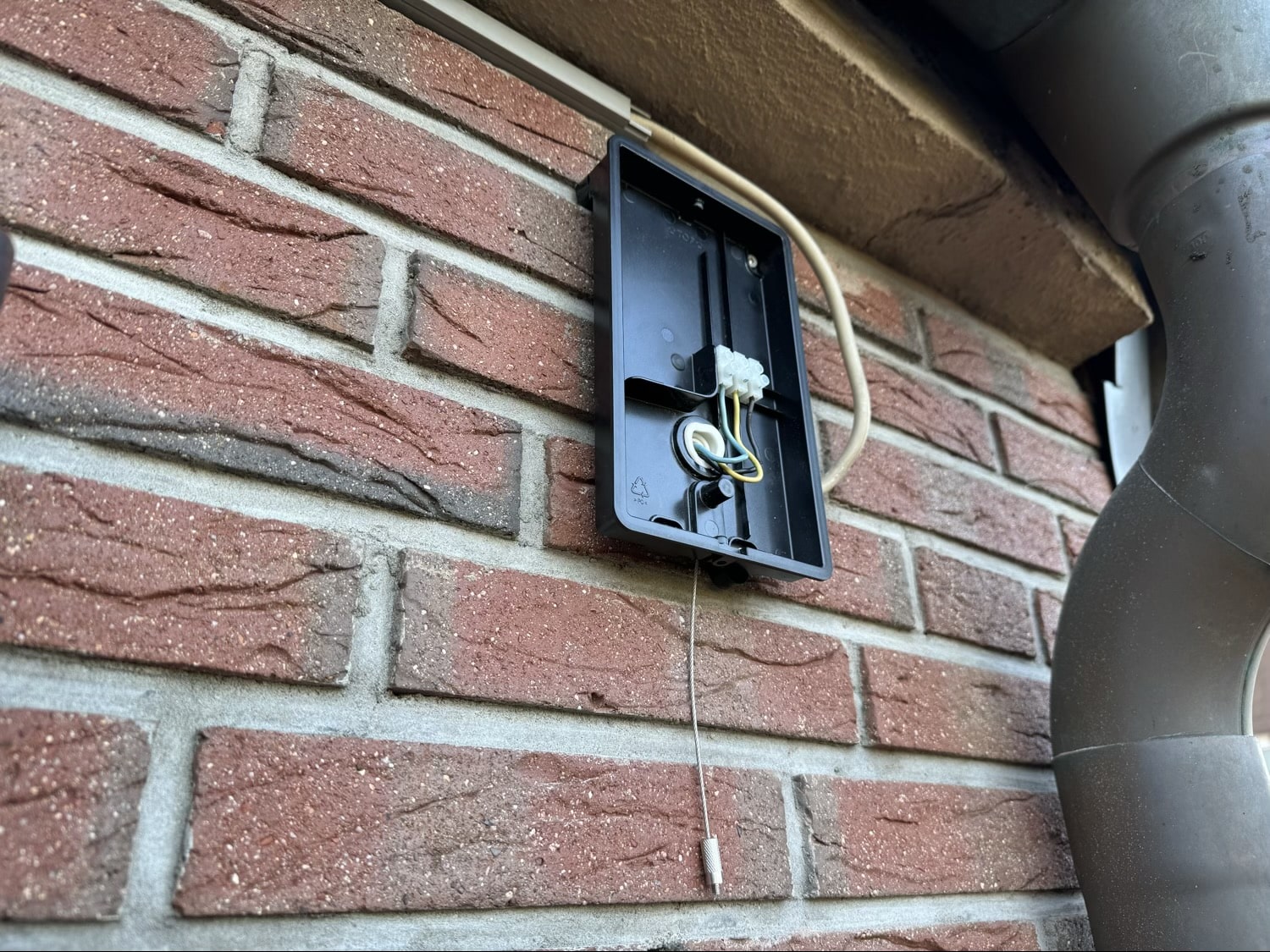
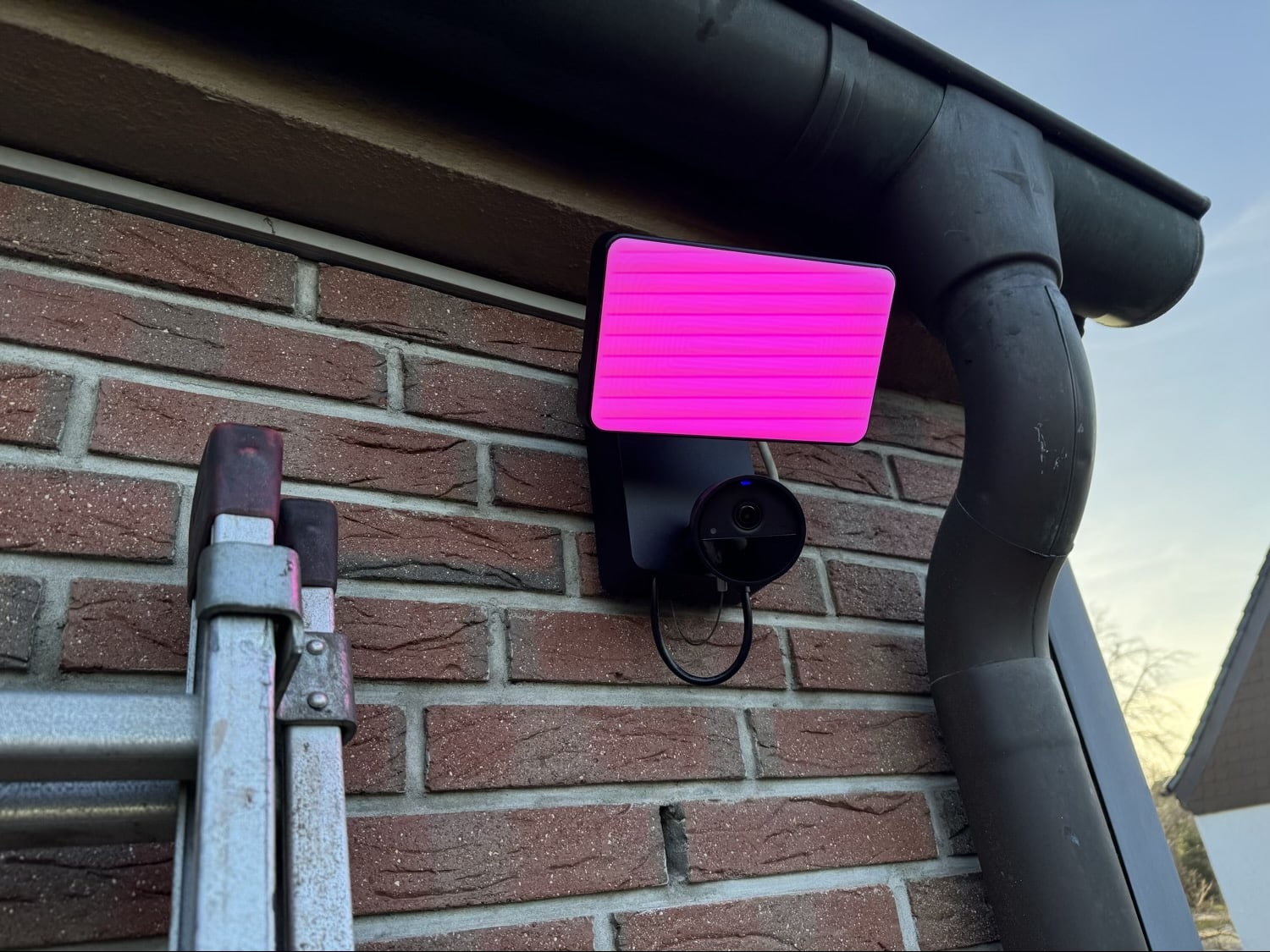

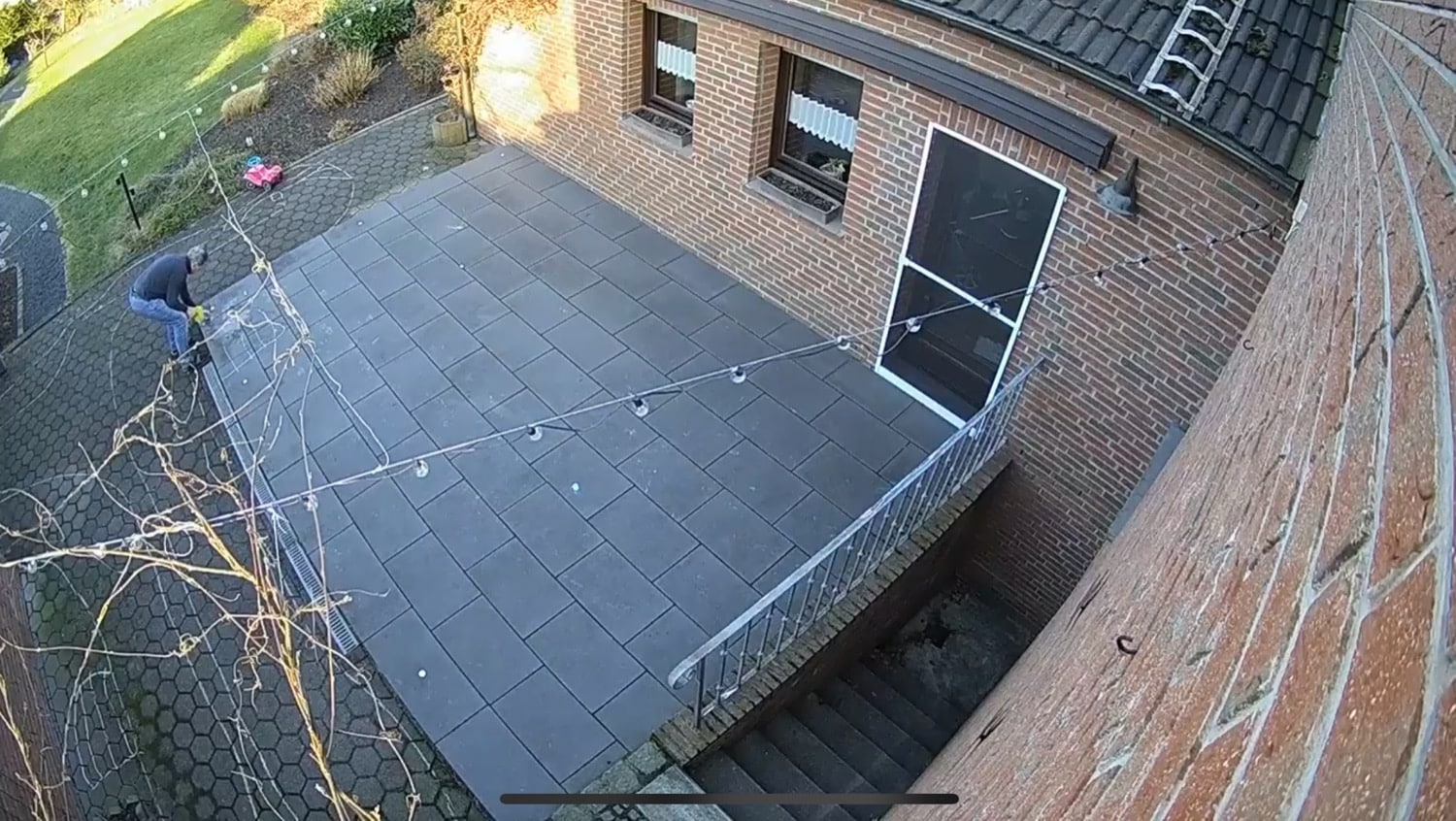


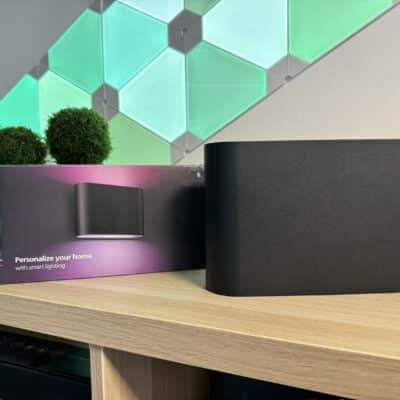

The Netatmo Presence has another advantage of recording locally to an SD card as well as remotely with HomeKit Secure Video. This means that events detected by Netatmo are recorded locally and events detected by Apple (locally via a HomePod or Apple TV) are recorded remotely in iCloud. Thus, there are two algorithms monitoring the camera locally.
However, the Presence camera doesn’t record HDR, so the video is often blown out on bright days. I think that the Philips camera records HDR which is a big advantage.
As the Secure Camera part has support for Bluetooth LE, WiFi (2.4GHz – 5GHz) and Zigbee I was hoping that it would be possible to add it to an existing Zigbee network. The external packaging states that it is a “Zigbee Certified Product”.
I use Home Assistant with other Zigbee devices and the Floodlight part can indeed be configured as a Zigbee device. A factory reset of the floodlight part puts it into Zigbee pairing mode.
However, I have yet to discover a mechanism for joining the Secure Camera part to my existing Zigbee network. A factory reset doesn’t put it into Zigbee pairing mode. My hope was that it would support the Zigbee Direct standard which would allow it to be configured over Bluetooth LE. As far as I can tell, the only configuration option is to use the Hue app which uses a Philips proprietary Bluetooth LE protocol.
It’s possible that Zigbee Direct could be provided in a future update which would offer the flexibility to use it with Home Assistant and other home automation systems supporting Zigbee (so long as any manufacturer specific features were documented).
As noted in this review, this really is two separate devices with a common base and power supply. However, there is plenty of scope for closer integration in future, probably using Zigbee with a Hue Bridge as coordinator.
Hello,
Do you know if a white version of this product is planned?
Out of the “alarm” function, can it be used as a standard motion detector to automatically set the light on for a specific duration when a movement is detected by the camera?